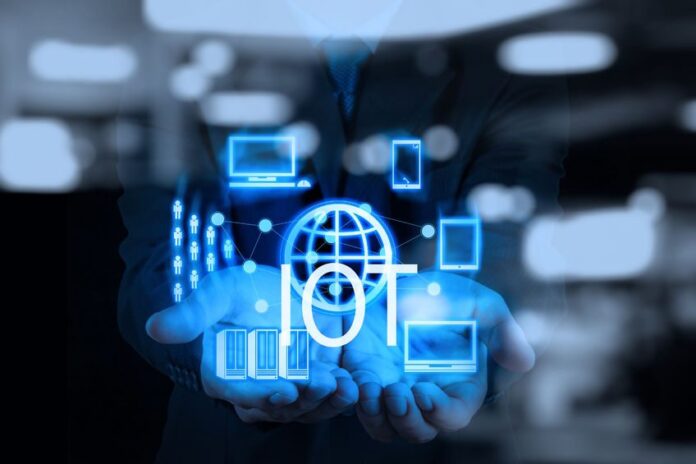The “Internet of Things” is expected to be one of the primary drivers for the expanded use of analytics – and IoT analytics are, in fact, expected to drive a large portion of the value that can be derived from IoT projects.
However, the view of what constitutes IoT is evolving from the days when the telecom industry more or less equated the nature of IoT traffic to something like radio frequency ID: light, bursty traffic that could be handled by carrier 2G networks, and was a way to further monetize those long-standing investments.
Gadi Lenz is chief data scientist at AGT, which specializes in IoT applications. The company has a strategic alliance with Cisco Systems and a few joint solutions, particularly in the “smart city” arena. Lenz warns that equating IoT traffic to RFID or smart meter projects vastly underestimates what IoT is becoming, which can include, for instance, live video streaming from hundreds of cameras around a city for public safety purposes.
“The telecoms guys are used to talking about the old IoT, in which you talk about smart meters where they sample once every 15 minutes at best, and send out a little burst of data. That’s a great applications, but there’s many, many others that have different requirements – and you’d better be ready for them,” Lenz said.
Lenz added that expanded compute power has meant IoT chips can do more than just report small bits of data – that system-on-chip advancements have meant that in addition to tiny gyroscopes and temperature sensors, data can be sent directly from the device that has already been processed and in some case has undergone some level of analytics right on the device: edge analytics, or fog analytics. In many cases, Lenz said, customers demand IoT analytics as part of such projects in order to make sense of the data produced by IoT installations.
A survey of IoT stakeholders by Parstream earlier this year found the following:
- Eighty-six percent of stakeholders in business roles said that data was important to their IoT project
- Only 8% were “fully” capturing and analyzing IoT data in a timely fashion
- Most of the participants, a full 94%, said that they faced challenged in collecting and analyzing IoT data
- 70% of participants said they would make better, more meaningful decisions with improved data, and 86% felt that better data would increase the return on investment of their IoT investment
.
.
.
.

